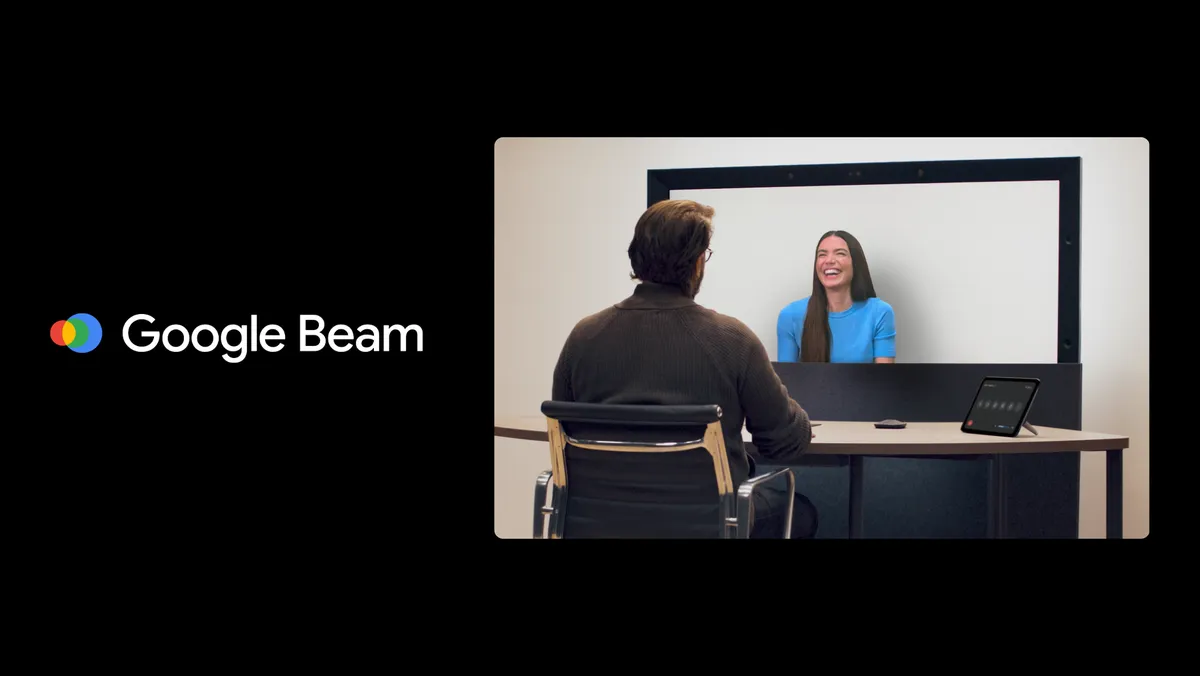Last week was the iPhone’s 10th anniversary and there were dozens, maybe hundreds, of articles written articulating how the iPhone changed everything. Most narratives build off the now famous line in Steve Job’s iPhone keynote:
…today, we’re introducing three revolutionary products of this class. The first one is a widescreen iPod with touch controls. The second is a revolutionary mobile phone. And the third is a breakthrough Internet communications device. So, three things: a widescreen iPod with touch controls; a revolutionary mobile phone; and a breakthrough Internet communications device. An iPod, a phone, and an Internet communicator. An iPod, a phone…are you getting it? These are not three separate devices, this is one device, and we are calling it iPhone. Today, Apple is going to reinvent the phone…
And reinvent the phone they did. But they did so much more than that. I was surprised to not see coverage on the paradigm shift that took place in the telecom industry as a result of the iPhone. This was Apple’s true impact.
With the iPhone, Apple become the first to build a phone for the consumer. Prior to the iPhone, manufacturers built phones for the telecommunication carriers. Manufacturers built the hardware wireless carriers wanted. Prior to the iPhone, carriers held tremendous control over myriad aspects of hardware design – from features included to processing power offered. Carriers controlled pricing, hardware and software distribution and service offerings from initial activation to replacement and repair.
Prior to the iPhone, carriers would develop services from the hardware specs for which they would charge consumers a premium. Most forget that the original iPhone was the first mobile phone with visual voicemail. Prior to the iPhone users had to call into their voicemail. With the iPhone we could now see voicemail messages visually on the device. This was a feature Cingular had to build for the iPhone. And for the first time, the carrier would not charge consumers extra for the new feature.
With the iPhone, Apple become the first to ever retain full control over the design of the hardware and its features. Apple decoupled hardware design from the carriers and the broader telecommunications industry. While Apple worked with Cingular for over two years leading up to the launch of the iPhone, the Wall Street Journal reported at the time that only three executives at Cingular saw the iPhone before it was announced. Look back at mobile phones prior to 2007 and in almost all cases you’ll see the carriers brand on the phone, but in the case of the original iPhone, Cingular agreed to leave their brand off the device. Circa 2007 carriers normally insisted mobile phone hardware include the carrier’s software for things like ringtones (often a premium up-sell at the time) and surfing the Web, but that would not be the case with the original iPhone. Apple decoupled software distribution from the carriers and the telecommunications industry and would go on to sell music and other applications to consumers without going through the carrier’s portals and platforms.
Apple also changed the distribution and activation of mobile phones. The original iPhone was available only through Apple and Cingular stores. At the time, this cut out the carrier retail distribution partners like RadioShack. The original iPhone could be activated directly within iTunes as opposed to requiring activation within a wireless carrier’s physical store or that of one of it’s distribution partners. Apple also wanted sole discretion over the decision to replace or repair phones – inserting themselves between the carrier and the customer on service support.
Apple broke the control carriers had over what hardware was made, what features were available, how both hardware and software were distributed to consumers and how much it would all cost. Apple built a product that consumers loved as opposed to one that carriers would approve – that’s what really changed the industry.


